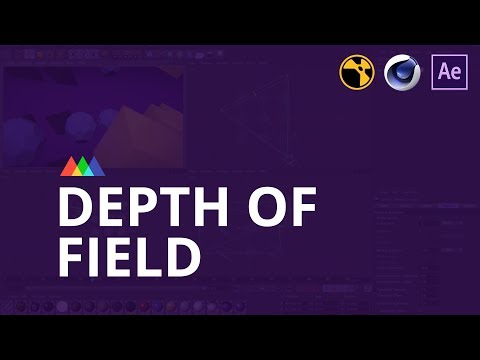Description:
Save Big on Coursera Plus. 7,000+ courses at $160 off. Limited Time Only!
Grab it
Learn how to achieve realistic depth of field in Cinema 4D using Nuke for compositing. Explore two methods: baking depth of field into renders and using separate depth passes. Understand the concept of depth of field in photography and its importance in adding realism to 3D composites. Follow step-by-step instructions to set up multipass rendering, enable depth channels, and create depth passes in Cinema 4D. Gain insights on appropriate blur levels for realistic results and avoid overdoing depth of field effects. Download project files to practice techniques and enhance your 3D rendering skills.

Getting Great Depth of Field in Cinema 4D with Nuke
Add to list
#Art & Design
#Visual Arts
#3D Design
#Cinema 4D
#Digital Media
#Video Editing
#VFX
#Nuke
#3D Rendering
#Film & Theatre
#Filmmaking
#Film Production
#Visual Effects
#Photography
#Depth of Field
#Compositing